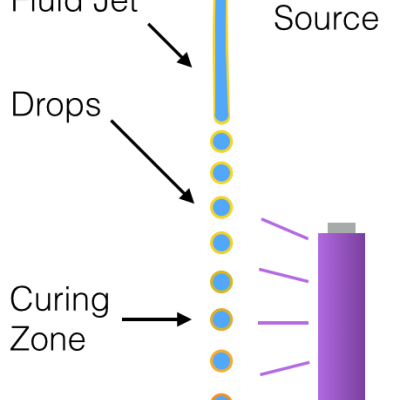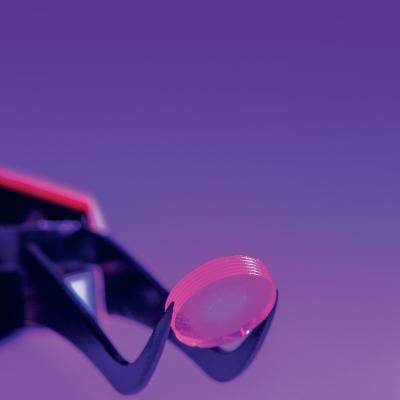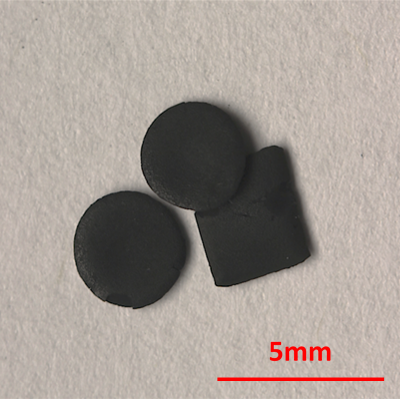LLNL uses the additive manufacturing technique known as Electrophoretic Deposition to shape the source particle material into a finished magnet geometry. The source particle material is dispersed in a liquid so that the particles can move freely. Electric fields in the shape of the finished product then draw the particles to the desired location to form a “green body”, much like an unfired…
Keywords
- Show all (91)
- Additive Manufacturing (37)
- Synthesis and Processing (17)
- 3D Printing (7)
- Materials for Energy Products (6)
- Material Design (4)
- Manufacturing Improvements (3)
- Manufacturing Automation (2)
- Membranes (2)
- Rare Earth Elements (REEs) (2)
- Electric Grid (1)
- Instrumentation (1)
- Manufacturing Simulation (1)
- Material Characterization (1)
- Precision Engineering (1)
- Sensors (1)
- Structural Materials (1)
- Volumetric Additive Manufacturing (1)
- (-) Additively Manufactured (AM) Optics (1)
- (-) Magnet Compositions (1)
- (-) Microfabrication (1)
Technology Portfolios
Image

Livermore researchers have developed a method of fabricating functional polymer-based particles by crosslinking UV-curable polymer drops in mid-air and collecting crosslinked particles in a solid container, a liquid suspension, or an air flow. Particles could contain different phases in the form or layered structures that contain one to multiple cores, or structures that are blended with…
Image

LLNL researchers have developed a custom resin formulation which uses a dispersing solvent and only a multifunctional monomer as the binding agent. The dispersing solvent system typically used has multiple components meant to achieve excellent dispersal of silica in order to create a flowable resin (rather than a paste). The dispersing agent has low vapor pressure, which allows the 3D printed…

